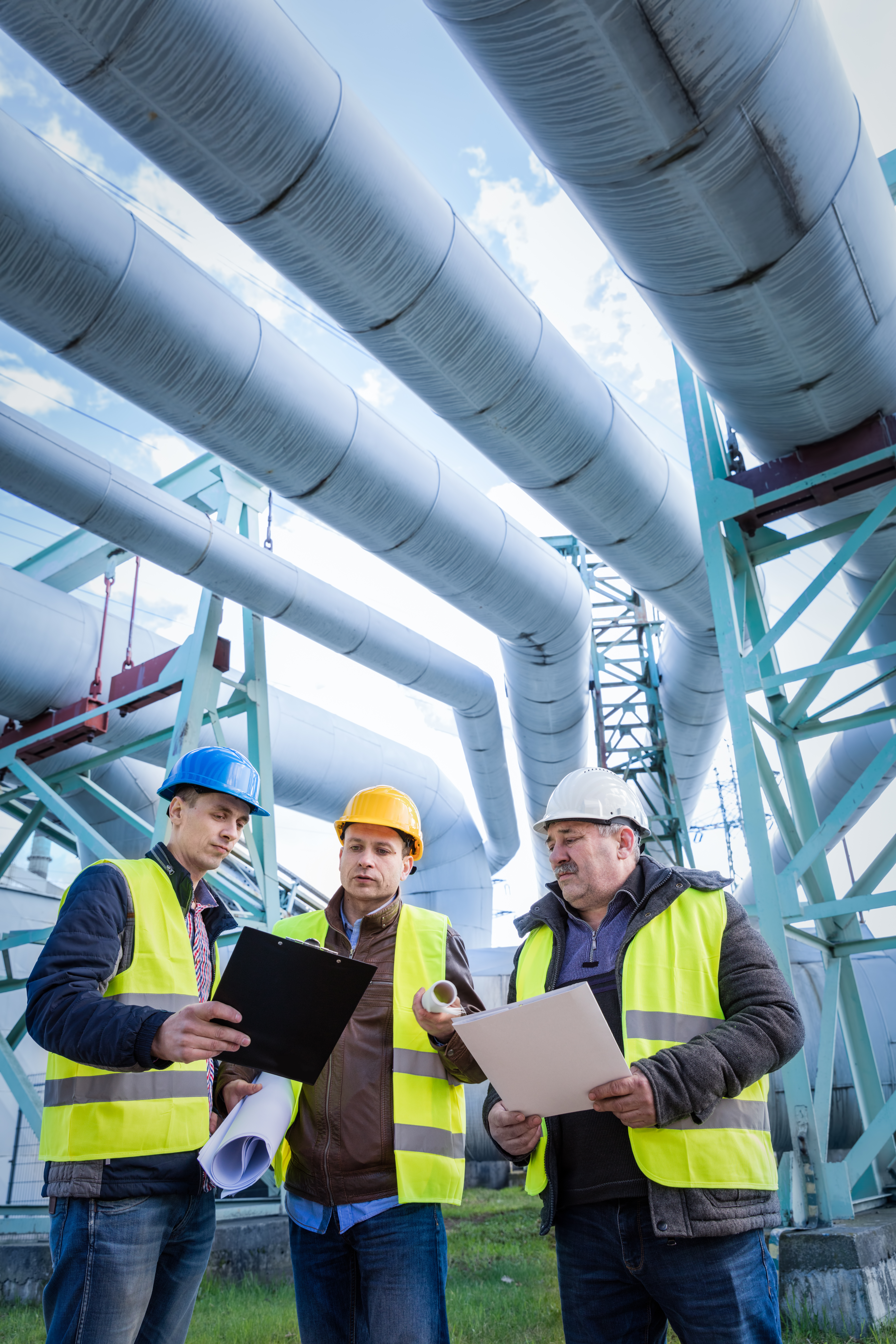The 4 Pillars of an R&M Assessment

We’ve previously written about how to improve your operation’s performance with an R&M assessment. We cover a lot of good points on what it is and how to perform one successfully. However, it is also essential to understand the 4 pillars of an R&M Assessment, which we will outline below.
- Safety
As always, we make sure that safety is first during any project or initiative. Unfortunately, safety and risk tools cannot eliminate all risk, but it is essential to minimize dangers as much as possible. When used for R&M assessments, safety analysis is performed to evaluate ways to prevent harm from a product, process, or system. Safety can encompass everything from hazards to risks, as well as probabilistic safety (PSA). In short, a safety analysis can be performed by identifying any potential dangerous events, as well as analyzing the best to worst case scenarios. Three common steps include:
- Gather data on events that pose a risk and the failures attached to them.
- Prioritize the risks from most to least dangerous.
- Develop solutions for these risks to eliminate them, mitigate them, and even have backup plans for worst case scenarios.
One of the most popular ways of achieving safety in an R&M assessment is the Failure Mode and Effects Analysis, aka FMEA. It uses various standards such as MIL-STD-1629A. SAE J1739, AIAG, ARP5580, and many others. The overall goal is to ensure that the probability of occurrence of risk events is kept at an acceptable level.
- Reliability
Failure in machines is often a safety concern, which is why reliability is such an important key to an R&M assessment. Certain tools can actually help you determine reliability before you begin production. Others allow you to track your reported issues, as well as proactively correct them.
Mean Time Between Failures is one of the most important considerations during reliability assessments for its prediction capabilities. Common standards for this include MIL-HDBK-217, 217Plus, ANSI/VITA, and Telcordia, as well as any others that are correct for your operation. Reliability prediction steps generally include:
- Outline all individual system components.
- Enter acceptable parameters for those components, including stresses, temperature, power usage, etc.
- Perform calculations using these standards to determine the average time until the next failure.
3. Availability
Availability is the chance a system that can malfunction is in working condition during operations. This tool is more commonly used on systems that need to be consistently operational. One of the most common tools for this is a Reliability Block Diagram (RBD) to represent parts of a system and connecting lines that show failure rate, distribution, and other important information.
- Maintainability
Maintenance determines how many resources are needed to keep an asset running as efficiently as possible for as long as possible. Reliability Centered Maintenance is recommended, which is a strategy to combine the benefits of preventive maintenance with corrective maintenance in order to reach the most optimal approach. Good maintainability data to gather on components includes:
- Functional requirements.
- Failure causes (actual and potential).
- Effects of each failure from worst to best.
- Safety risk level of each failure.
- Outline tasks that can detect, prevent, and/or mitigate failure.
- Alternatives for lack of preventive task.
Houston Dynamic Supply Assistance with The 4 Pillars of an R&M Assessment
R&M assessments are not easily performed. However, HDS can help through our expert diagnostic, repair, and refurbishing services. Additionally, our team does testing, inspections, and much more on all sorts of rotating equipment.
